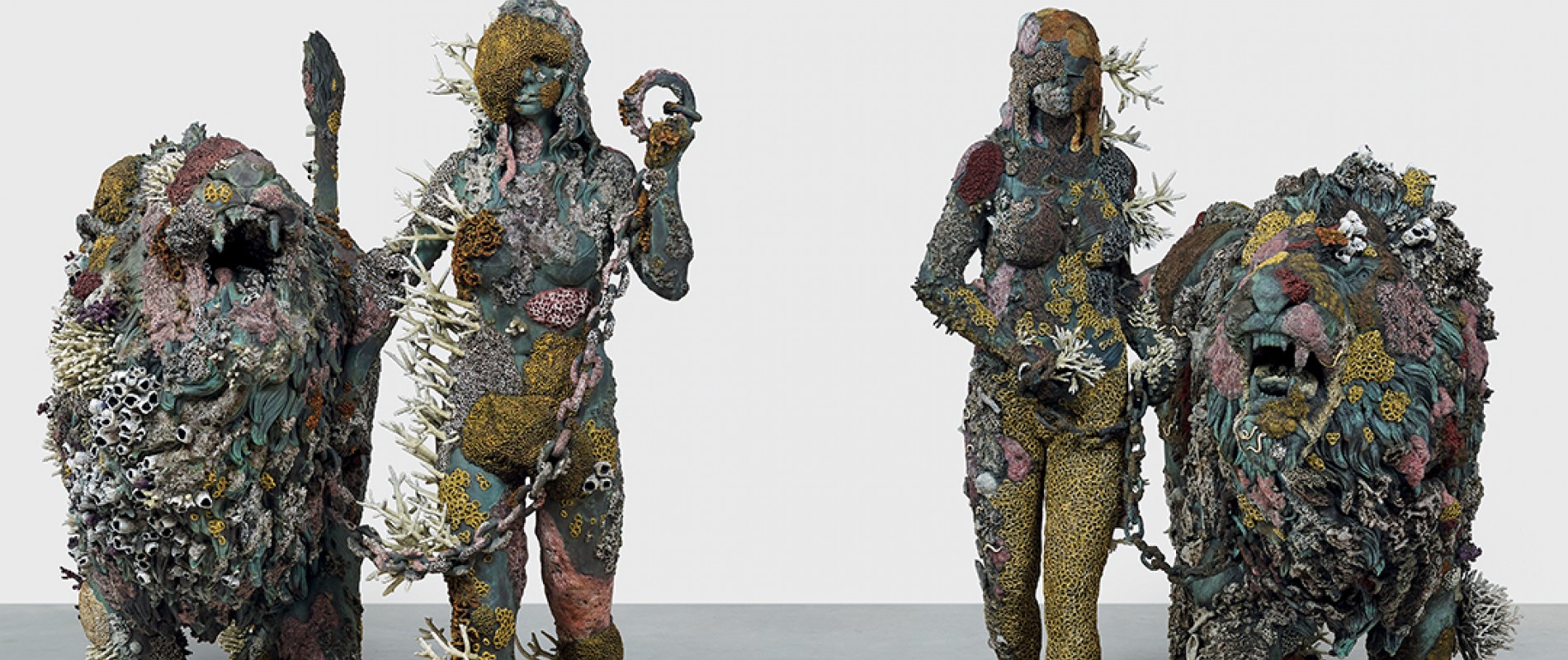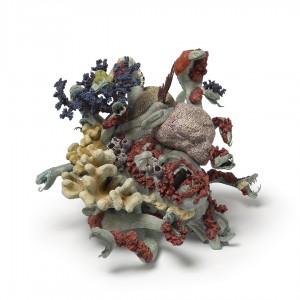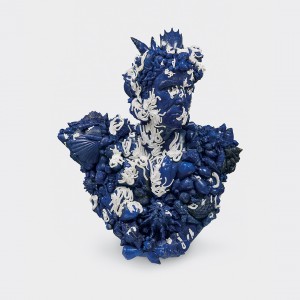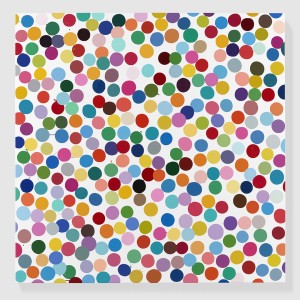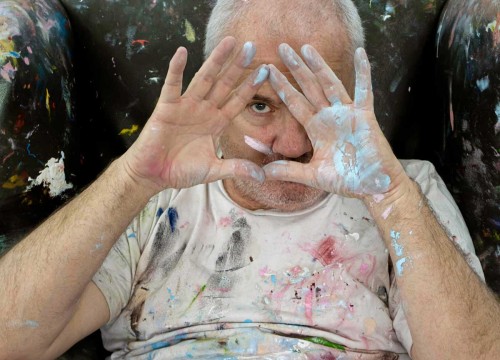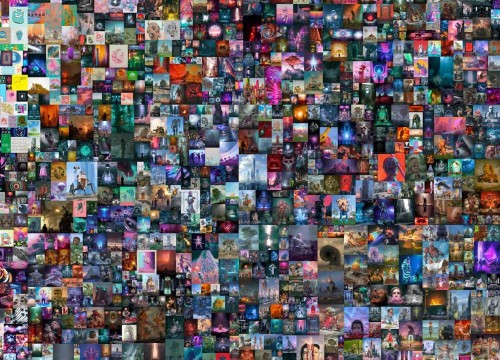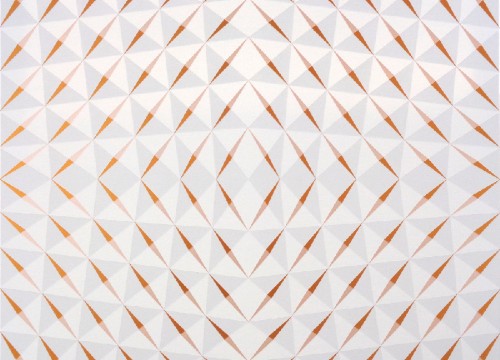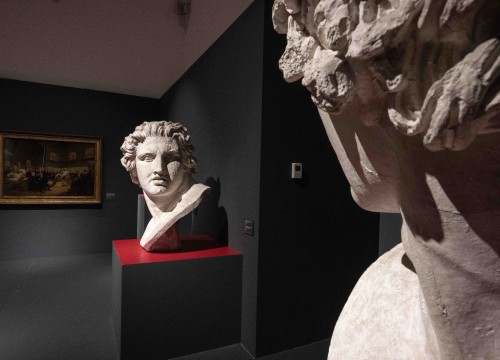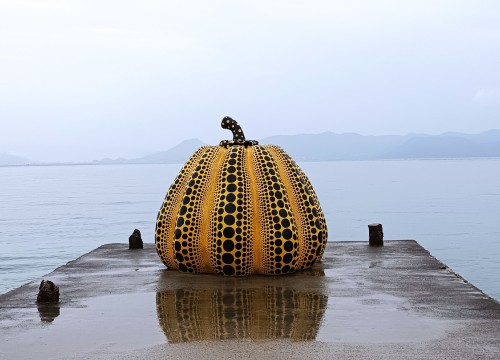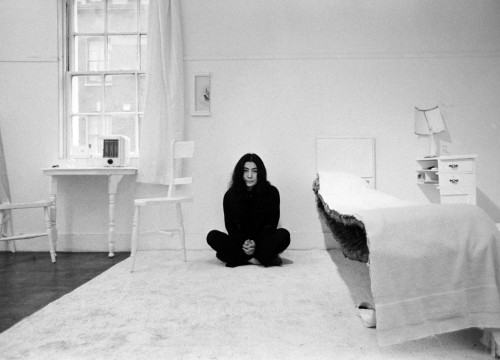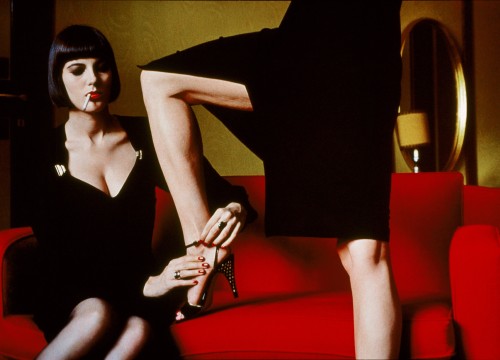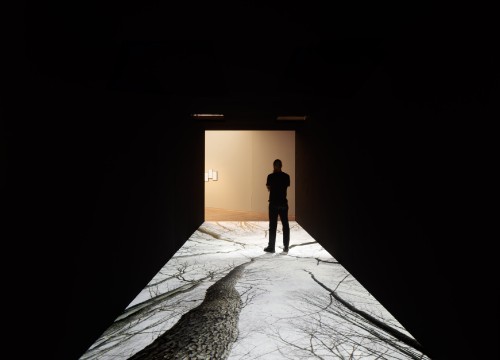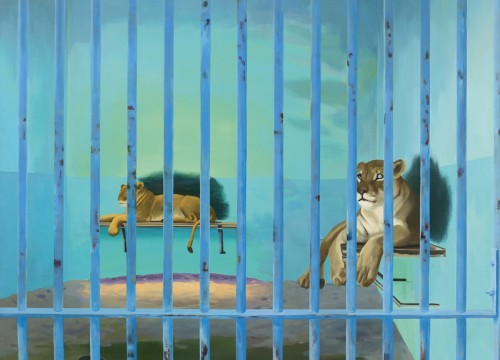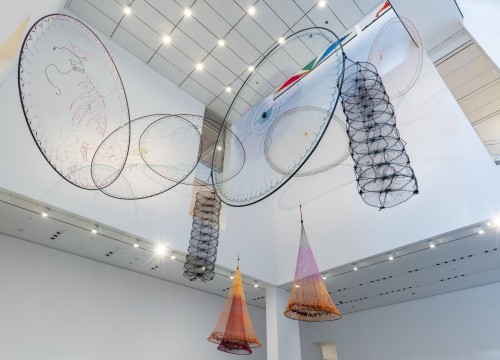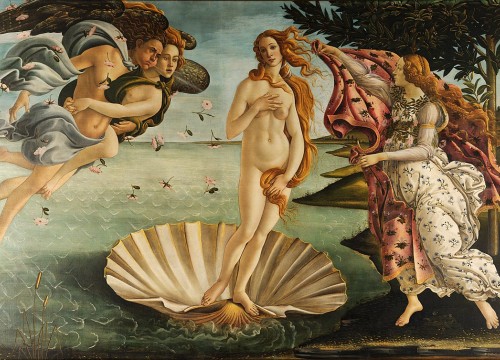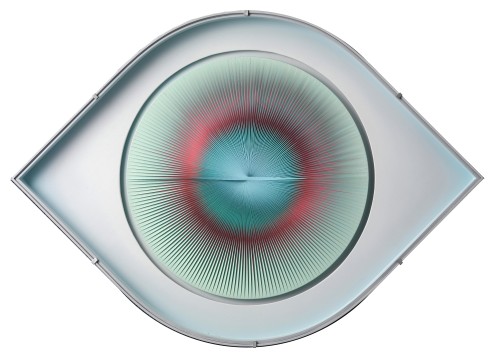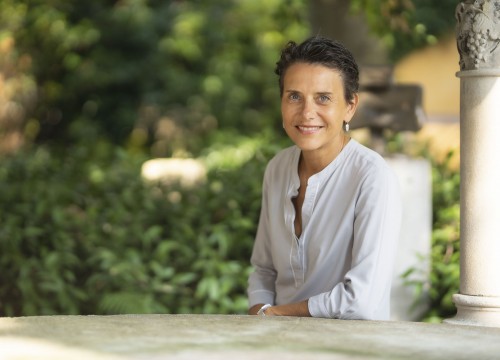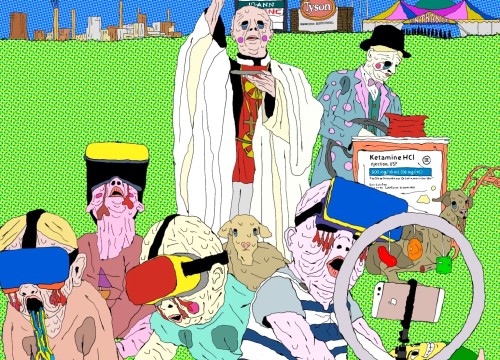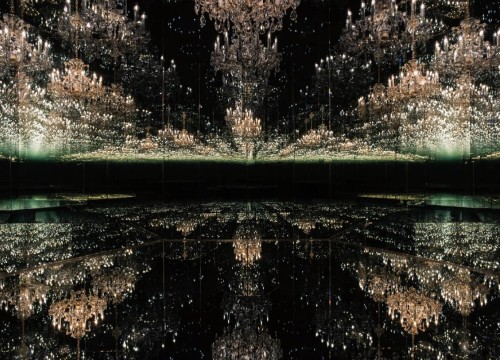Rome • At Villa Borghese the fake archaeological finds of Damien Hirst
Obsessions, obvious theatricality, fake underwater debris confirm the artificial character of his aesthetics
Public authorities greet Damien Hirst’s exhibition “Archaeology Now” at the Galleria Borghese as a sign and stimulus of a “new Italian renaissance” - the fifth in the last five or six years, if I’m correct. In case you were watching the horizon anxiously awaiting for the new renaissance, it bears repeating once again that, although it was an unrepeatable moment (a great breath and let’s say it again: unrepeatable) in not only national history, it was also a catastrophic period from the political point of view, full of upheavals that would later condemn Italy to an increasingly marginal role on the European and world stage. Moreover, the splendid scenery of Villa Borghese - one of the temples of Roman baroque - succeeds as best it could not in exalting the contrasts, the artificial character and the deep anxieties that mark the work of one of the most controversial artists - incidentally, baroque - of the contemporary scene.
A baroque exhibition for both the setting and the exhibition design
Baroque, the exhibition, is both for the setting and for the exhibition design: in the first case, for the setting of the Galleria Borghese and its extraordinary collection, composed of works ranging from the antiquity of Roman statues that at the time of the cardinal and patron Scipione Caffarelli-Borghese was pure contemporary art, with Caravaggio and Bernini; in the second, the intelligent choice of the curators is to propose a comparison as ronically correct from a philological point of view: works of contemporary art belonging to the Venetian series Treasures from the Wreck of the Unbelievable pretend through the expedient - classic of the discovery, and with their own iconography, subjects, themes, to belong to a past time that is not theirs. But, through the fake patina of underwater debris that should accentuate the accidental character of their discovery, they reveal the abandonment of classical models in favor of an ultra-contemporary Kitsch.
The works pretend through the expedient of the discovery to belong to a past time that is not theirs
Starting from the obsession for inseparable relationship between life and death of previous works, such as the famous sharks in formaldehyde (The Physical Impossibility of Death in the Mind of Someone Living - 1991) and skulls studded with diamonds (For the Love of God – 1991), once again Hirst proves to be the last of the baroque rather than the first of the contemporaries. Out of time, perhaps, but the simulation is so obvious and theatrical to make it impossible to decide the correct place and time of a work and of an artist.
Damien Hirst: Archaeology
Now Roma
Galleria Borghese
Curated by Anna Coliva Mario Codognato
Until 7/09
Simultaneously an exhibition at the Gagosian too
BELIEVE TO BUY
If, after seeing the exhibition at the Galleria Borghese and passing through the bookshop, you feel the urge to spend a few million dollars to buy works belonging to the same series as those exhibited in the museum, you should run to the Gagosian for Hirst’s exhibition Forgiving and Forgetting! Also in this venue, with pink marble sculptures from Portugal such as Minnie (2020), the rich interplay between contemporary materials and models exasperates the ironic game of contrasts between old and new, life and death, truth and lies, very typical of Hirst’s work. A game that has always been able to make people talk about it and certainly not cheaply. Will it be worth it? It all depends on what you want to believe in, as Hirst he likes to say.

